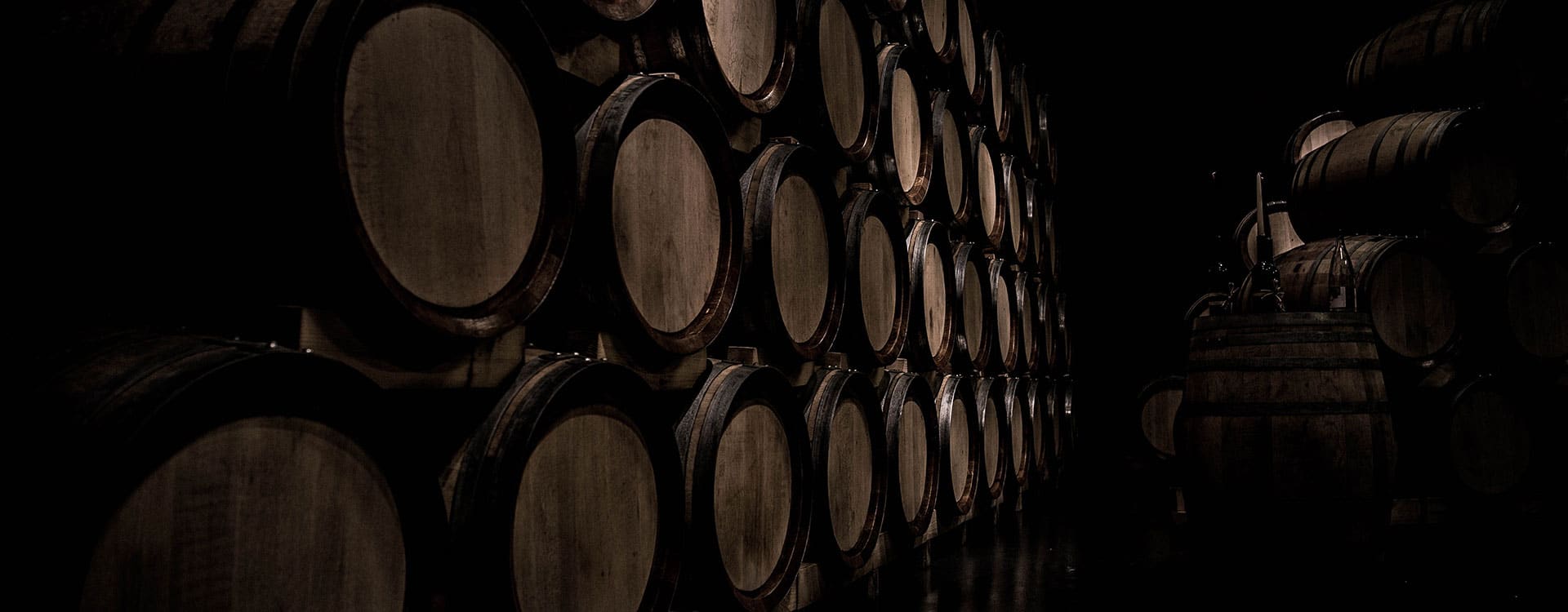CASTLE MANCÈDRE
Pessac-Léognan rouge
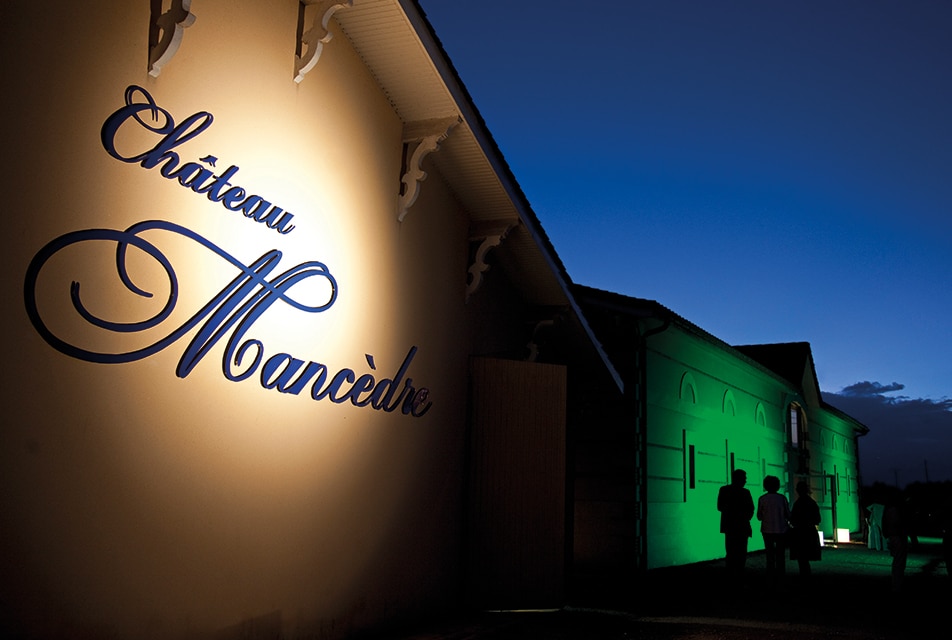
The vines of Château Mancèdre, completely destroyed by frost during the winter of 1956, remained abandoned for almost 40 years; the grandparents of the current owner, Jean Trocard, being too elderly to attempt the replanting of their property. In 1994, Jean Trocard decided to take on this immense task. It meant starting from scratch, but he felt up to the challenge. His aims :
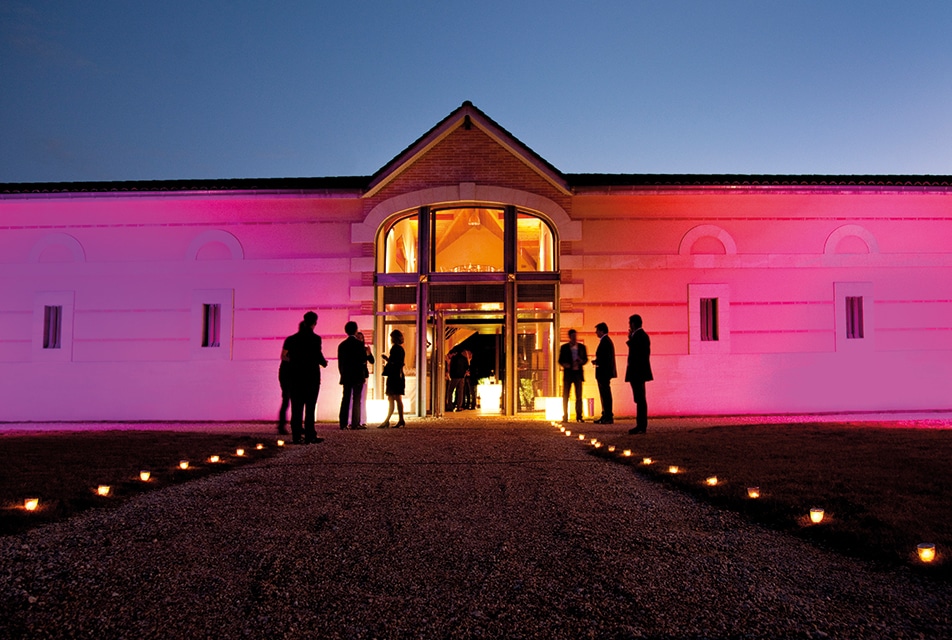
As the vines had become overgrown, it was necessary to uproot and clear all vegetation, dig up all the vines’ roots, level the ground, put in access roads and drain the land, acre by acre. The first parcel of 50 acres of Cabernet Sauvignon was planted on a gravelly hilltop in 1994. Since then and every year until 2014, Jean has patiently replanted each parcel of vines and 11.20 hectares of red varieties (60% Cabernet Sauvignon and 40% Merlot) are now in production. The oldest vines are 24 years old and the youngest 4 years old. In 2013 it was decided to continue the adventure by planting another 3.5 hectares, of which 1.70 are white varieties (Sauvignon Blanc and Semillon).
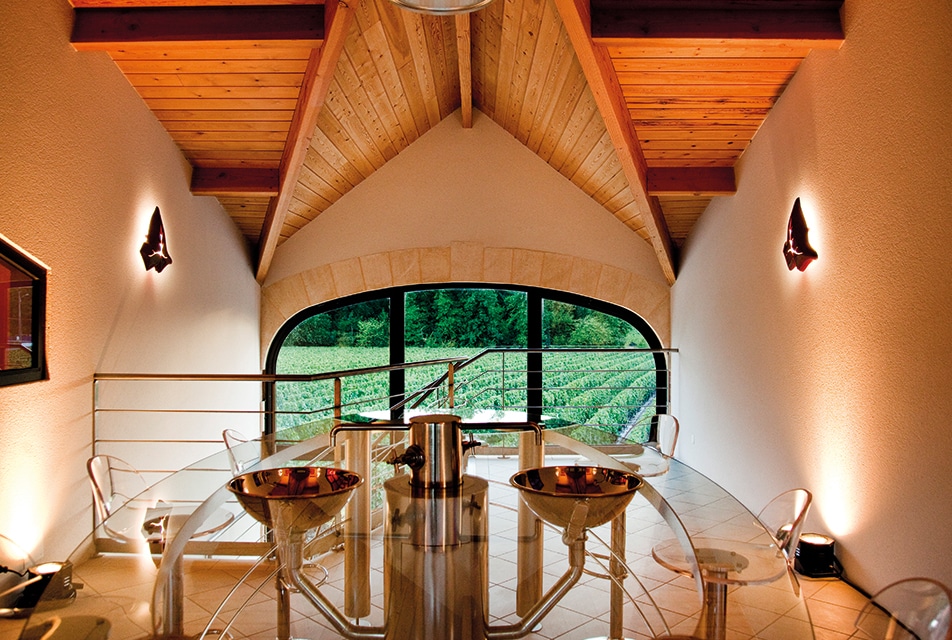
In 2001, next to the small house which used to house the family business, Jean Trocard built the chateau’s cellars; constructed from stone and finished with the pink brickwork reminiscent of the winter villas of the Archachon basin. The cellar, with its great, glass windows at the four points of the compass; the barrel cellar to one side and the tank room to the other. Our mission was clear, to be the best of the non classed properties in the appellation.
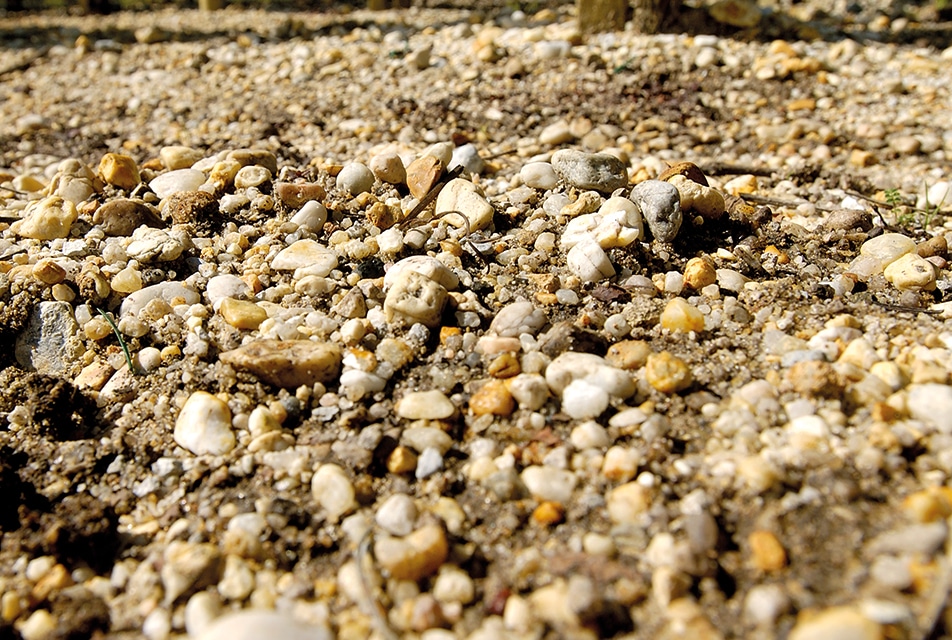
Château Mancèdre’s 12.90 hectares of vines are situated in the east of the appellation of Pessac-Léognan. The vineyard thrives on its terroir of gravel soils and sub-soils, Pyrenean in origin, which bestow both intensity and finesse to the wines. The vines benefit from stable levels of hydration which, in conjunction with the gravel soils that naturally control the alimentation in nutrients, result in grapes that are perfectly ripe with concentrated flavours. The red varieties are grown in three parcels : a hill-top plot of north-facing gravel soils situated beside the cellar and vines of Château Fieuzal; a parcel of gravels on east-west oriented slopes beside Château Malartic-Lagravière and finally, an island of gravel soils next to Domaine de Chevalier.
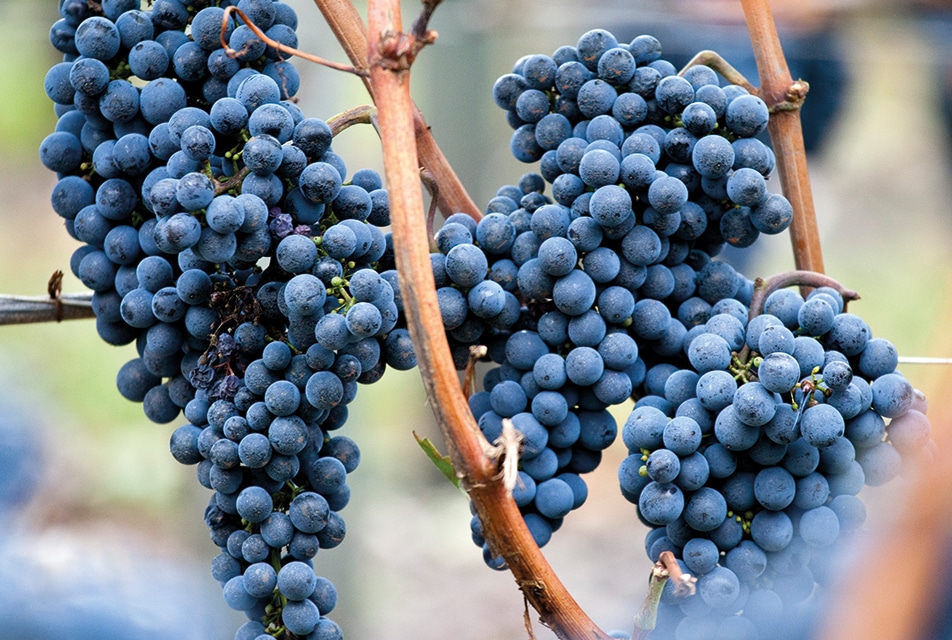
At Mancèdre, two celebrated varieties make up the vineyard :
• Cabernet Sauvignon dominates, with 60% of the planting. This variety gives aromatic complexity, elegance, power, length and a capacity for aging that is without parallel. We keep our yields low, between 25 et 40 hl/ha, despite the appellation allowing yields of up to 56 hl/ha. The Cabernet Sauvignon arrives at maturity up to three weeks after the Merlot.
• Forty percent of the vineyard is planted with Merlot, the celebrated variety of the Bordeaux right-bank. It brings a rounded, velvety richness to the wine, perfectly complimenting the crispness of the Cabernet Sauvignon.
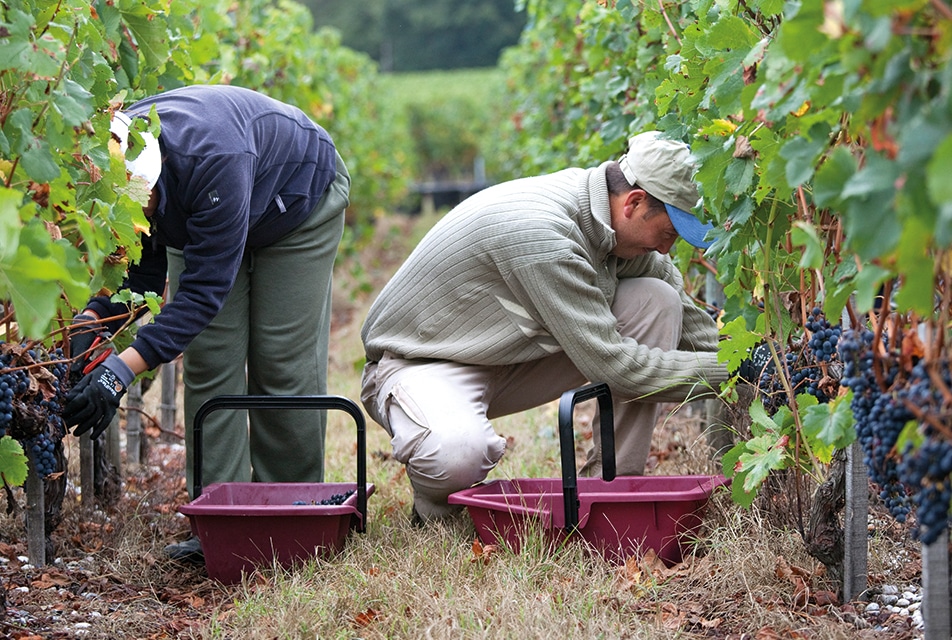
It is above all elegance, finesse and complexity that we aim to emphasise; to let the unique terroir express itself through the wines it produces.
With his years of experience Jean Trocard takes the time to observe and listen to his vines, in order to act only when necessary; in these vineyards sustainable vineyard management is not just an empty phrase. This choice brings with it risks which we monitor and control through continued surveillance of pests, soil health and weather patterns.
Les Graves sont des petits cailloux qui proviennent des Pyrénées et qui ont été amenés par la Garonne. Ces sols caillouteux favorise la réflexion de la chaleur du soleil sur les grappes et permettent une maturité précoce des raisins.
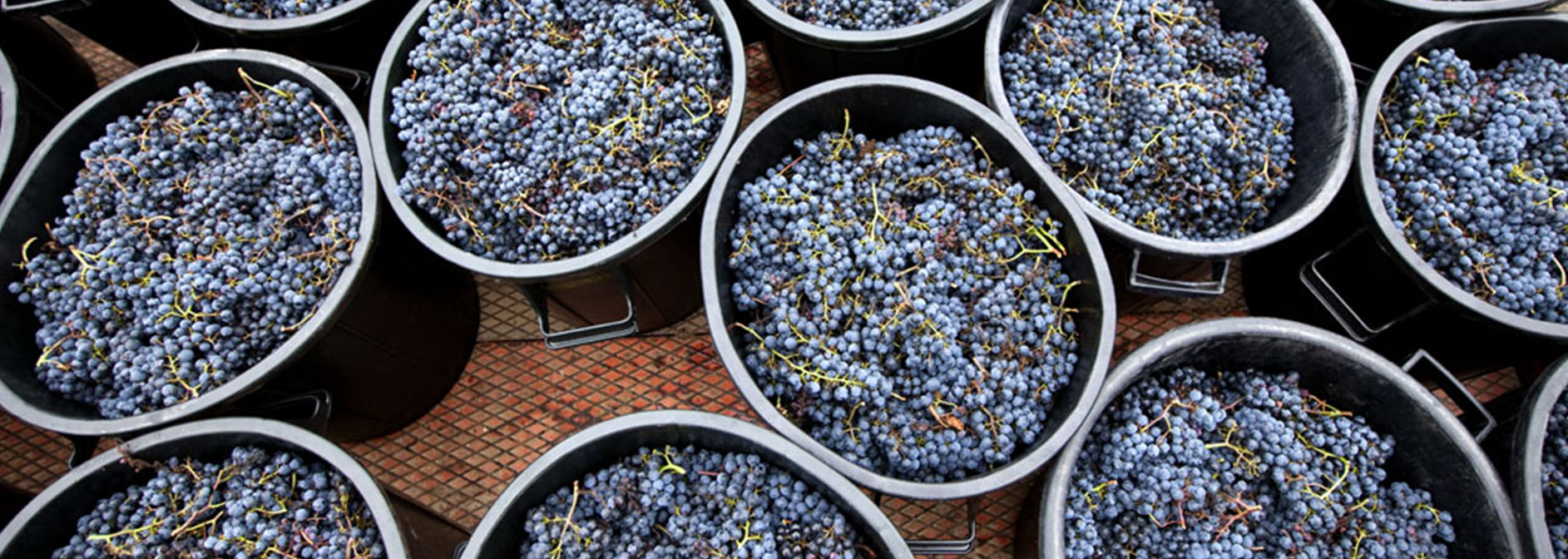
Harvest at Mancèdre is manual and happens in the same sequence every year; the Merlots before the Cabernets. There are two successive selections, the first on the vine during picking, the second in the cellar after destemming. This ensures that the entire harvest is destemmed and sorted.
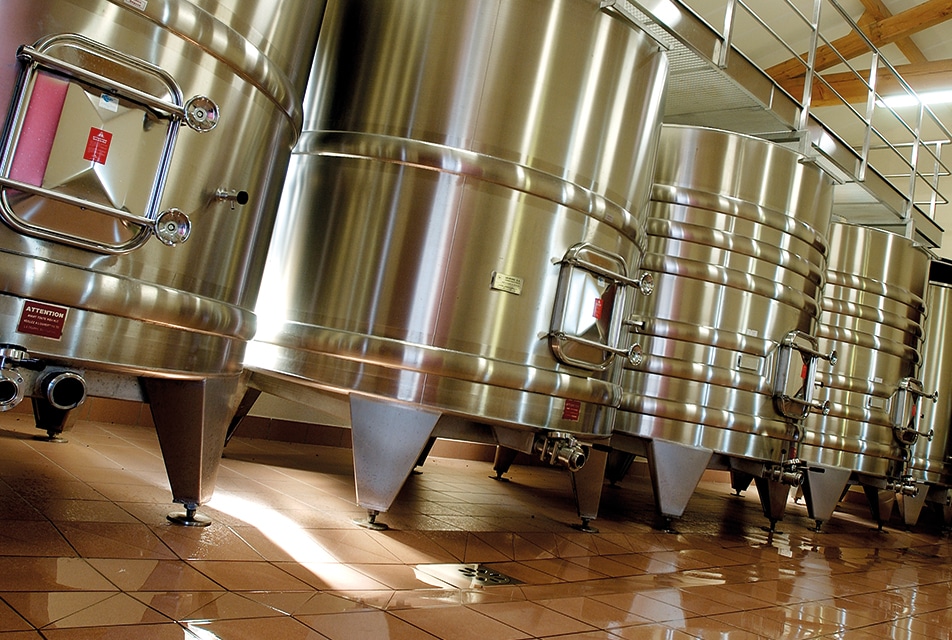
The individualised management of each parcel allows us to vinify each lot separately, ensuring a consistency in quality and characteristics. To this end, the tanks in the cellar have been adapted to permit the vinification of both small and large quantities; depending on the parcel of origin as well as the grape variety. While the wine is in tank, extraction is carefully managed, with daily tastings of each batch. Malolactic fermentation also takes place in tank in order to conserve the primary fruit aromas. Our objective is produce a wine with full, rich tannins, which remains true to its origins, and the terroir and climatic conditions which produced it.
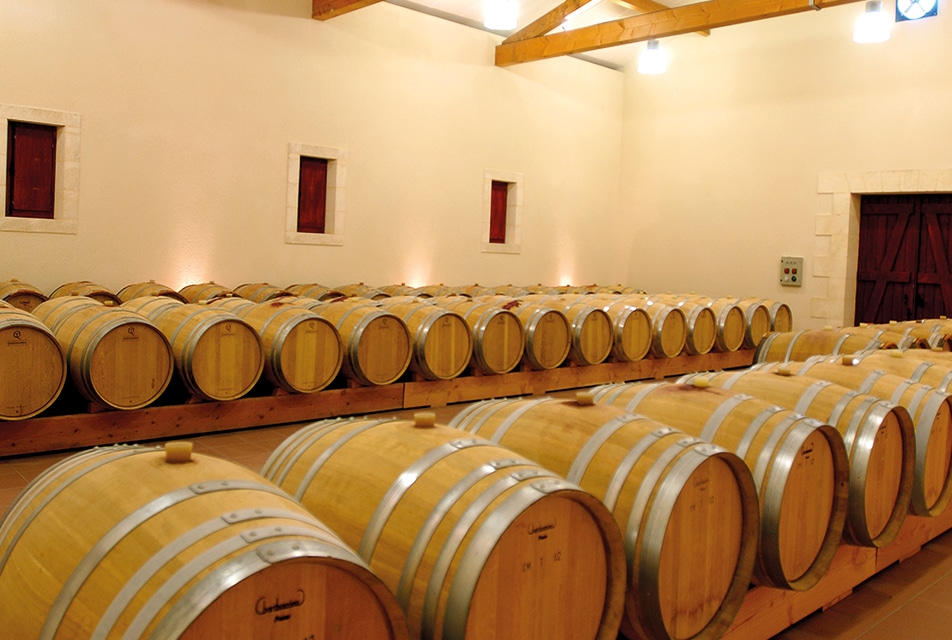
Stage one is aging, with the wine spending almost fifteen months in French oak barrels of which 25% are new, 50% are one year old and 25% are two years old. Using only one-third new barrels means the wine avoids being dominated by the oak.
The second step is successive racking in order to naturally clarify the wines as their impurities gradually sediment, while at the same time preserving the rich, velvety character of the wine. And the final and most important step, the blending of the final cuvée; revealing the complexity of the terroir and the richness of the grape varieties. Château Mancèdre is a wine which will reward keeping and which will reach maturity five to ten years after bottling.
Fermentation carried out by lactic acid bacteria naturally present in the environment. The malic acid in wine breaks down into a softer lactic acid. It is therefore a natural deacidification of wine.

If you want to recommend your favorite wine shop or a restaurant that might be interested in our wines, please let us know so that we can present them.
